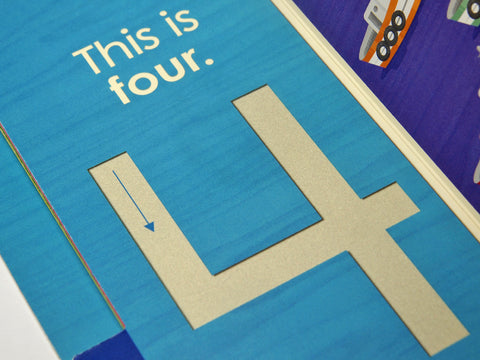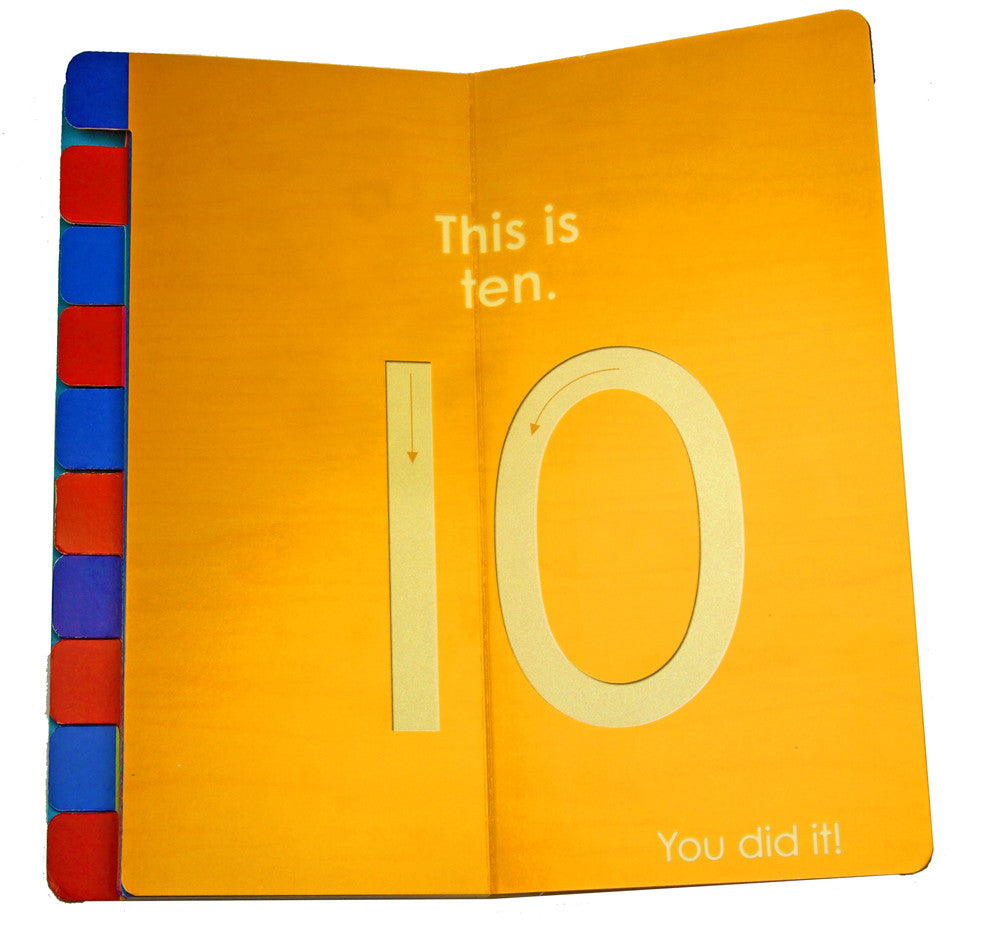Montessori Number Work Book
It is immediately obvious that this book (and its partners in the series) have been designed by qualified and experienced Montessori educators.
There are so many subtle but powerful details that link the books to the 'concrete' Montessori materials that they support and that represent tenets of the Montessori philosophy.
This is true even of the titles - each book in the series focuses on a particular area of work; the 'Map Work', 'Letter Work', 'Shape Work' and 'Numbers Work'.
This follows the Montessori tradition of identifying the child's activities by the title of 'work'. This unique piece of semantics is very deliberate and powerful. It identifies that "the true work of the child is the task of building himself/herself", it helps to loan a weight and importance to any task that the child chooses (so that the adult sees that the child is not "just playing" but is engaging in that vital, valuable work of building oneself) and it helps the child to build a positive attitude and relationship with the concept of 'work'. The adult misconception that "work" is a chore, a laborious bore or something that we do because we must not because it fulfils us, is not an attitude that we should endeavour to pass on to our children. We should help the next generation, from their youngest days, to recognise that 'work' can and should be joyful and meaningful!
Each book in the series begins with a letter to the adult providing an introduction to the 'Montessori' approach to the topic. This assists the adult, whether it is a teacher or parent, to help guide the child effectively through the book. The books do, however, also promote independent exploration as the child can flip through the sturdy, 'board book' style pages to observe the attractive images, the clear text and the hidden tactile experiences on each page.
In the Number Work book the pages follow the basic pattern of the presentation of the early Montessori maths materials. That is, a presentation of a concrete quantity prior to the introduction of the numeral symbol. So one page will feature a certain quantity of objects (in ascending order from 1 to 10) and the child then turns the page to discover the numeral symbol that corresponds to that amount.

The numeral symbols in the book are tactile. They have a subtle texture that is slightly rougher than the rest of the page. This mimics the attributes of the Montessori 'Tactile Numerals' (sometimes called 'Sandpaper Numerals'). It allows the child to trace the shape of the numerals to create a muscular memory. It also gives the adult an opportunity to present a version of a three period lesson (this is supported by the language at the top of each numeral page which encourages the reader to identify "this is..." in the way that occurs in the first period of the three period lesson).
On each page a series of red and blue tabs appear on the far left. When the child is looking at numeral 1 there is only one red tab (or 'unit') visible. When the child turns the page to look at numeral 2 there are two tabs/units present (one red, one blue) and so on. This reflects the Montessori material of the Number Rods - another reason why the book is the perfect way to help the child move from 'concrete' to 'abstract' by reinforcing the Number Rod lesson with an exploration of the book!

My favourite page of the book is the final page. It features the numeral 10 with all of the red and blue tabs now pleasingly present in a column of ten. It also ends with the subtle text - 'you did it'. These three words are just enough to provide a conclusion to the book and can provide a sense of achievement to the child without stepping into the tricky world of 'praise'. This is particularly useful for adults who might otherwise feel compelled to conclude the book with their own judgement - such as "good job!". The three simple words 'you did it!' just help the parent or teacher to express that the experience has been completed and celebrated without that external judgement.
The Montessori Work book series also includes Map Work, Letter Work and Shape Work.

Please note: You might notice that the cover of each book actually shows the title entirely in lowercase letters - 'shape work' rather than 'Shape Work' and so on.
This is no accident - the authors of the books are helping to demonstrate to the child that an incomplete phrase does not require capitalisation. It is not a complete sentence, or a 'proper noun', and as such neither of the words need to begin with an uppercase letter.
In our product listing we choose to use the capitalisation because that language is directed at the adult, not the child, and refers to the book as an item and therefore utilises the capitalisation of a proper noun.
I just love the attention to detail that the use of lowercase letters in the title demonstrates. It is yet more evidence of the care and thought put into these beautiful books.


